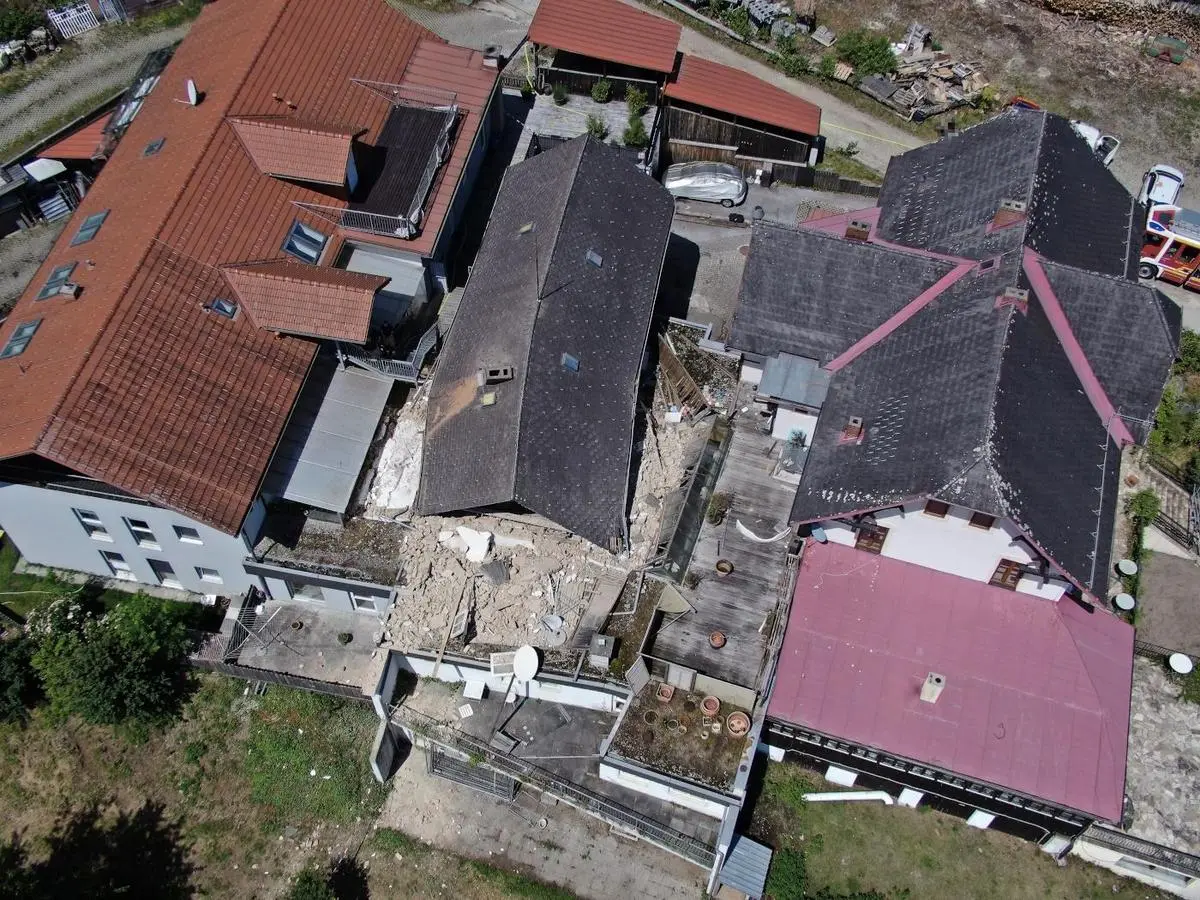To help non -speaking children, a domestic diagnostic instrument has been developed

In Russia, the first domestic diagnostic tool was developed to help non -speaking children. With its help, experts will be able to evaluate the communicative and linguistic development of a person, and then choose the right methods of communication – from gestures and graphic symbols to mobile applications. The authors explain that now speech therapists and defectologists have to use foreign profiles that are not always correctly translated and “do not take into account our cultural features.” The experts surveyed by Kommersant agree that the domestic diagnostic instrument can help teachers, and are waiting for the same for parents.
The diagnostic tool “Designer of goals” was developed by the St. Petersburg NPO “Social School“ Karitas ”(helps families with developmental features, teaches specialists in this area and volunteers) with the support of the Fund of Presidential Grants. The “Designer of goals” is implemented as an online questionnaire, which can use teachers, speech therapists, defectologists and tutors. They need to answer in detail questions about the language and communicative development of the child, as well as about the environmental factors that affect communication. After that, the program will give recommendations for interacting with the child and advise alternative and additional communication funds (ADC) – gestures, graphic symbols or, for example, special applications.
Alternative methods of communication are necessary for everyone who cannot use oral speech, explains the coordinator of the “social school” by the defectologist Irina Tekotskaya: it can be children with cerebral palsy, mental disorders, genetic syndromes and other health features.
“It is important to understand how the child sees and hears how he understands the address. What helps him to communicate, and what, on the contrary, becomes a barrier, ”she says.“ Then we will understand which means of ADK are available to him. ”
Mrs. Tekotskaya emphasizes that there was still no such diagnostic tool in Russia, because of this, experts used Western analogues, who « not everyone has correctly translated and do not take into account our cultural features. »
A defectologist, a methodologist of the Center for Gifted Children and Youth “Etker” of the Ministry of Education of Chuvashia Olga Ivanova says that in the early 2000s, when working with non-speaking children, he had to rely on “simple, almost handicraft methods”. Experts used onomatopoeia, singing syllables, gesture support, independently painted communicative cards. “It took time and intuition, because each child has unique starting opportunities and everyone needs to find their own key of success,” she says. “I remember I had a special notebook where I recorded syllables, words and phrases that we managed to learn to speak with the children. And the most important thing is to understand. ” Mrs. Ivanova agrees that the “designer of goals” as a structured tool is “an important step in systematizing help” to such children. “It is important to remember that no questionnaire will replace live observation and emotional contact with the child. But if he reduces the path from the first sounds to meaningful communication is a great victory, ”the expert believes.
A defectologist from Cheboksary Nadezhda Sadovnikova says that children with impaired communicative function of speech, social interaction and cognitive sphere “must be a clear structural environment”. One of its main components is visual support, the use of visual stimuli. Recommendations for their use will help many, says Mrs. Sadovnikova and indicates that “in recent years” more non -speaking children with autistic spectrum disorders come to preschool institutions.
In July, the “Social School” plans to release another questionnaire “The key to communication” – for parents.
It will help non -specialists correctly respond to the child’s signals and choose suitable communication tools. The defectologist Olga Ivanova considers it very useful – in its assessment, the involvement of parents in the communicative development of the child « is half the success. »







